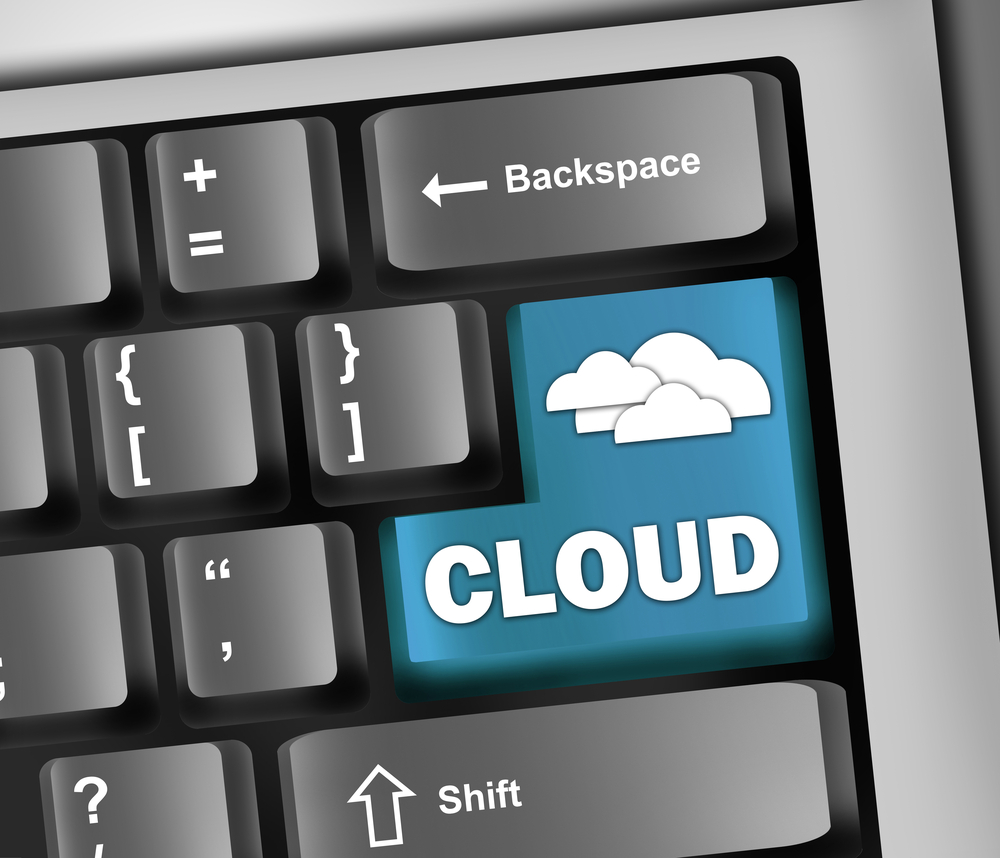The world of business technology is constantly evolving, and it can be hard to keep up. It’s important for small and medium businesses (SMBs) to understand the differences between on-premises and cloud-based IT solutions so they can make an informed decision when it comes to selecting the right technology for their business. Let’s explore the two types of solutions and how they differ from each other.
On-Premises Solutions
On-premises solutions refer to software that is installed directly on a company’s computers or servers. This type of solution offers a high level of customization, as the company can make changes to the software as needed, such as adding features or integrating with other software solutions. Additionally, because the data is stored locally on a company’s computers or servers, there are fewer security risks associated with it. However, there are also some drawbacks to this type of solution – one big one being that any updates must be manually installed by an IT professional. This means that companies have to pay extra for ongoing support and maintenance to keep their systems up to date with new features and security patches.
Cloud-Based Solutions
Cloud-based solutions are hosted on a remote server and accessed via the Internet. This type of solution makes it easier for companies to access their data from anywhere in the world without having to worry about hardware compatibility or installation/update issues like with on-premises solutions. Additionally, cloud-based solutions often come with built-in security measures such as encryption that help protect data from unauthorized access or tampering. The downside is that companies may not get the same level of customization offered by on-premises solutions, which could limit their ability to integrate with other software products or services.
Conclusion
When deciding between an on-premises and cloud-based solution, SMBs need to consider their specific needs carefully before making a final decision. On-premises solutions offer more control over customization but require more maintenance while cloud-based solutions provide easy access from any location but may not provide as much flexibility when it comes to customization options. Whichever path you choose, understanding both types of IT solutions will help you make an informed decision that best fits your company’s needs now and in the future!






